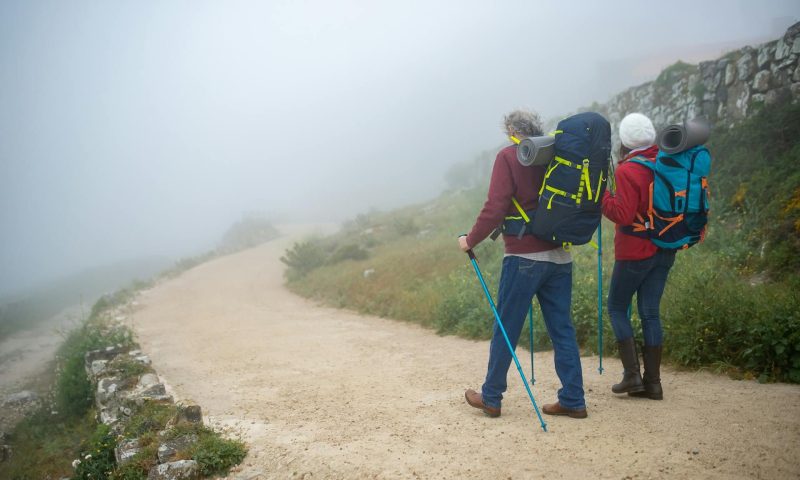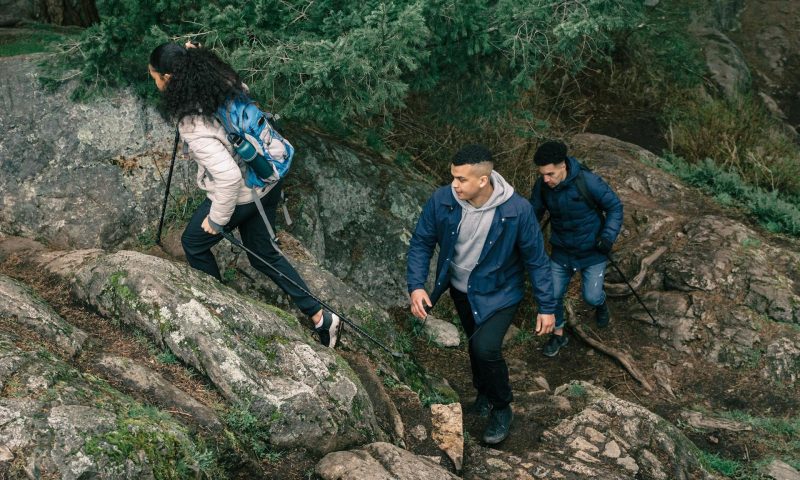Some people prefer their trusty hiking shoes, while others won’t go without their favorite drink flask for much-needed hydration. I prefer my cushiony hiking shoes and vast trails with tall trees canopying the path ahead, with waterfalls as gleaming treasures along the way. Researchers have found hiking is accessible and can reduce depression and blood pressure while improving overall health and wellness.

In our busy, digital modern world, where we spend a lot of time indoors, hiking provides a welcome escape into nature and a way to get our muscles moving. Many avid hikers use hiking poles, also known as trekking poles, to enhance stability, balance, and posture while hiking and to help reduce strain on the joints, especially on varying terrain. Trekking poles are lightweight and adjustable and are usually used in pairs by backpackers, hikers, and trekkers. They originated in Finland and were designed for Nordic walking.
So, do hiking poles really improve balance and provide benefits in the great outdoors? Let’s take a look at the research.
The research

In a 2020 analysis published in the journal Wilderness & Environmental Medicine, researchers concluded that hiking poles can enhance balance and reduce the load on the lower extremities. The researchers were interested in ground reaction forces, joint forces, balance, kinematics, and more. They reported that trekking poles can increase cardiovascular demand, which could give you that extra oomph for your workout. When carrying a large external load, they also reported that trekking poles could decrease lower extremity muscle activity while increasing stability, balance, and heart rate.
A full-body workout

By involving your arms, the poles give you a full-body workout.
Beneficial for your legs

Researchers have revealed that hiking poles reduce the foot force on treadmills and in the great outdoors, both at submaximal and maximal intensities. They concluded that using
Should you try hiking poles?

Ultimately, it’s up to you if you’d like to use hiking poles, but you won’t know until you give them a try. If you’re someone who has knee pain, carries heavier loads, or you’d like to improve your balance, you might decide to go for trekking poles. You won’t know until you try.




